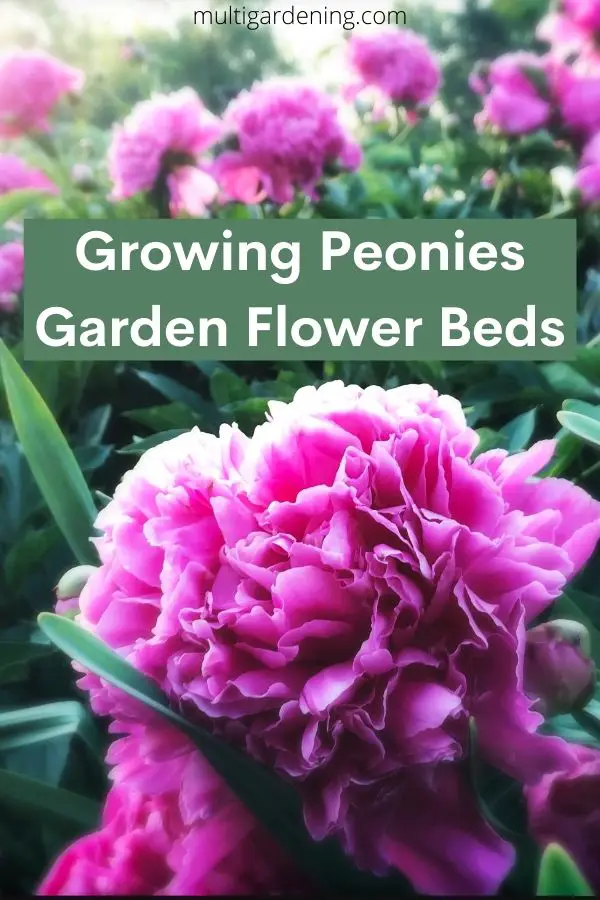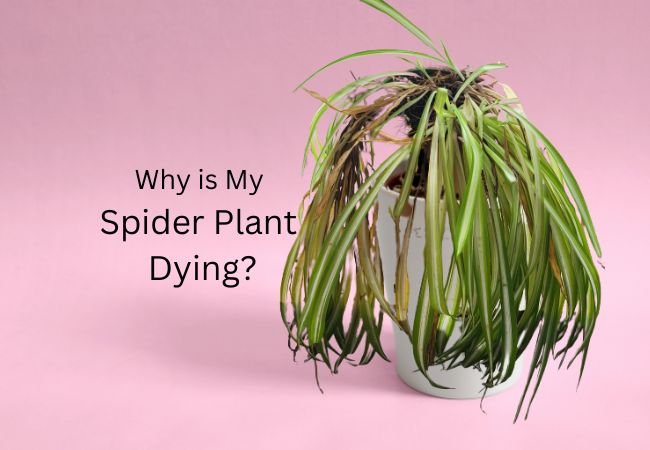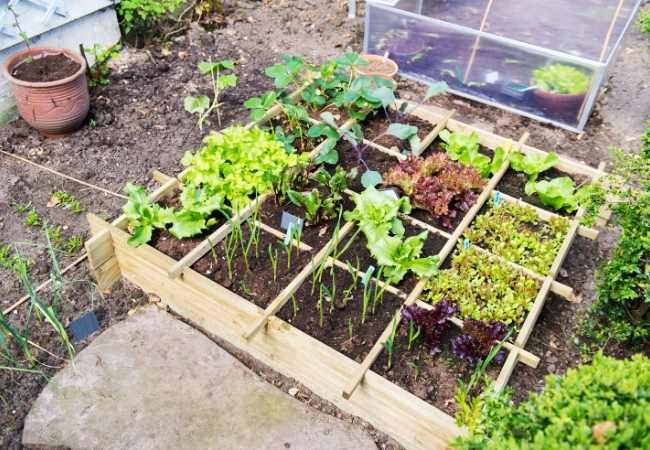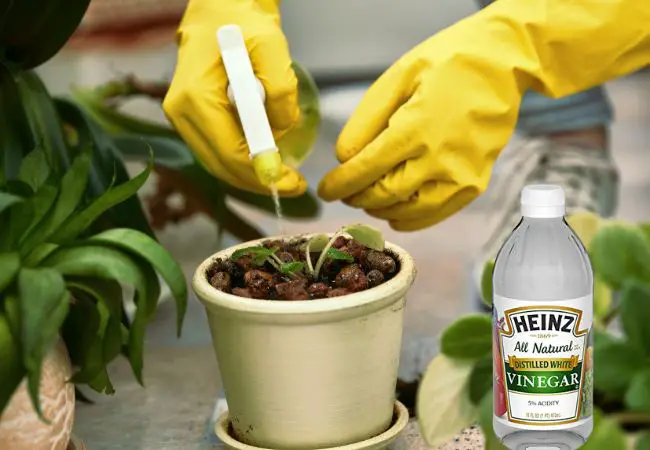Growing Peonies Garden Flower Beds
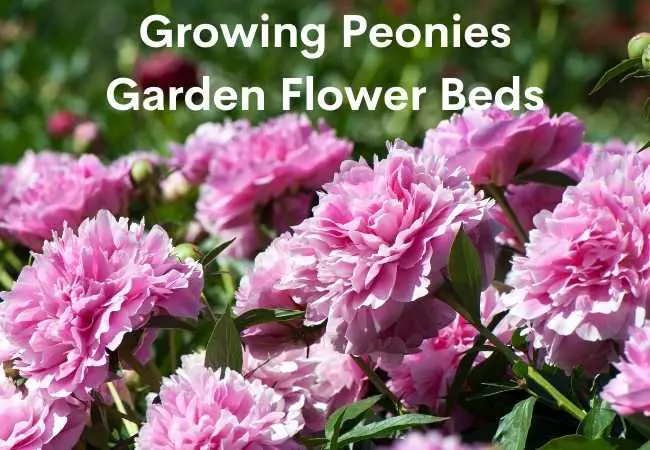
Growing Peonies garden flower beds does not have to be complicated. Especially if you decide to grow the common garden-varieties and stay clear of the special types such as Tree peonies and Fern-leaf Peonies. The blooms can be found in different colors including cream, pink, and white.
Growing Peonies Garden Flower Beds
Peonies are beautiful perennial garden flowers. They can grow in the same part of the garden for decades and produce gorgeous blooms every year. All you have to do is provide them with proper care.
The flowers can be enjoyed as they grow in the garden or harvested as cut flowers. The plants bloom late spring through late summer. The flowering time depends on the variety.
Soil
Peonies grow best in well-draining soils. But they can also do well in a wide range of soil types and don’t have any specific soil needs.
The flowers also prefer neutral to slightly acidic soil with a pH of about 6.5 -7. Make sure the soil is well-dug and mixed and loosened up.
Planting
The best time to plant Peonies is during fall. This gives the plants time to establish their root systems before winter.
Establish the plants about 2-3 inches below the ground. Unlike most other plants, peonies need the roots to be near the soil surface so that they can chill and go into dormancy during winter.
It is also important to space the Peony plants properly. The ideal spacing should be about 3-4 feet apart. Remember Peonies can grow in the same position for decades, spacing them properly ensures that they don’t get crowded.
Peony plants don’t like being moved around after establishment. You can expect mixed results if you move them.
When purchasing your bare root plants or potted plants, make sure that they are healthy. Starting with healthy plants ensures that you will have healthy Peonies for many years.
Fertilizing
Fertilizing Peonies is necessary when establishing them the first time. Add a compost fertilizer to the planting hole. These provide the necessary nutrient for the plant to grow.
After the plants become established, fertilize them only after the plant has finished blooming. Mix a small amount of fertilizer with compost and add it at the base of the plant. Mix it in with the soil at the base.
Light
The Peonies do well when growing under full sun. Best flowering will occur in direct sunlight, therefore ensure your plants get at least 6 hours of sunlight each day.
When grown in shaded locations, Peonies tend to produce smaller and fewer blooms. They also run the risk of getting attacked by fungal diseases.
Temperature
Peonies are not drought-resistant and don’t do very well in hot climates. The plants prefer cooler areas and are therefore ideal for zones 3 through 8.
They thrive when they experience cold winters. The cold winters prompt the plant to go into dormancy as well as set buds.
Watering
You must provide you with newly planted Peonies with water. However, don’t keep the soil soggy to avoid root rot. After that only water them when the soil is dry.
If you growing them in a region that is getting enough rain, there is no need to water them. In comparatively drier areas, Peonies need to be watered once every week to appear at their best.
Mulching
Mulching peonies helps retain water near the roots ensuring the soil doesn’t dry out too much. This is especially advisable for newly established plants.
You can also apply light mulch on old plants during winter to protect them. However, it should not be heavy. Furthermore, it should be removed early spring to allow the plant to grow.
Mulching also helps control weed development and reduce the competition for water and nutrients.
Diseases
Peonies can grow for years without any problems. However, they can be attacked by fungal diseases and the most common is Botrytis Blight.
It appears as black and brown patches on leaves. The stems can also turn black or get cankers. The disease can be controlled using fungicides especially when noticed early.
Propagation
The easiest method to propagate Peonies is by dividing the plant’s clumps. During fall planting time is the best time to split the plants.
Dig up the plant and expose the joints. Separate the plants ensuring each division has a portion of the roots. Ensure that each of the segments has several eyes. You can get several divisions from one mother plant depending on how old it is.
Plant the divisions immediately and add a layer of compost or mulch and water them. Take care of them as you would with normal peony plants.
Only mature plants should be divided and used for propagation. It is also advisable to divide plants that are older than 10 years to help them get their vigor back.
Sometimes you might want to transplant your Peony from one location to another for different reasons. Since Peonies are perennials, you don’t have to give up on your plant, you can move it and establish it in a new location.
When digging up your Peony, ensure that it is well watered for two days before the day of moving it. This ensures that the plant is well hydrated before being disturbed.
Digg around the plant and use a spade to lift the plant with the root clump intact. The less you disturb the root ball the higher the chances of it reestablishing in the new location.
In the new location, position the root ball at the same level it was growing at in the old location. After positioning it in the planting hole, backfill around the plant and water it.
Related Posts:
Final Thoughts
Peonies are awesome flowers that every gardener should try. If you provide them with proper care, you will enjoy them for decades. They make beautiful cut flowers as well that can be included in all types of floral designs and arrangements.
Please share this post on growing Peonies garden flower beds, I appreciate the gesture. Also, follow me on Pinterest if you would like to get more posts on growing different types of flowers.
